One of my favorite parts of being an astronomer is the opportunity to use large ground-based and space-based observatories to collect data. Our newest glossary describes some of the major telescopes used by astronomers. The list right now includes four exciting future telescopes: the Atacama Large Millimeter Array, the James Webb Space Telescope, the Thirty Meter Telescope, and the Giant Magellan Telescope, but this glossary will be expanded to include a large number of ground-based and space-based facilities.

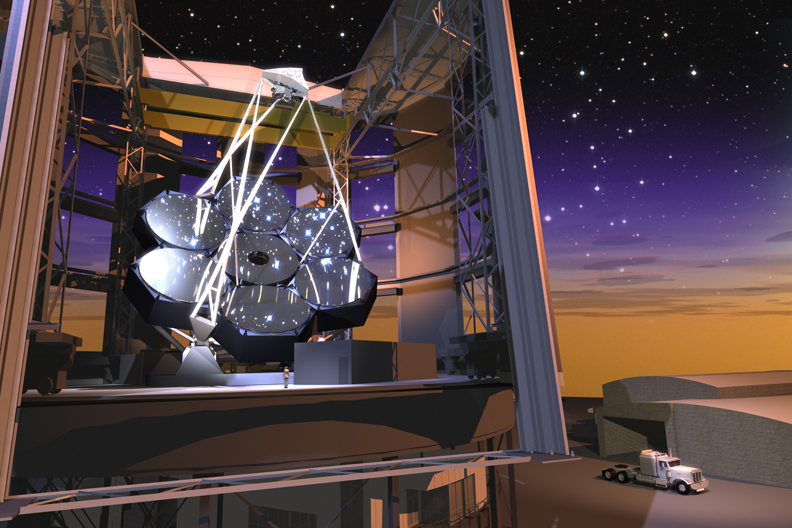
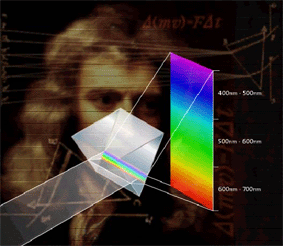
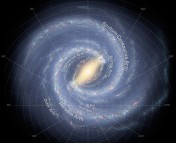
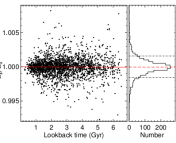
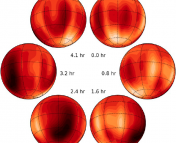
The “glossary” link here does not work